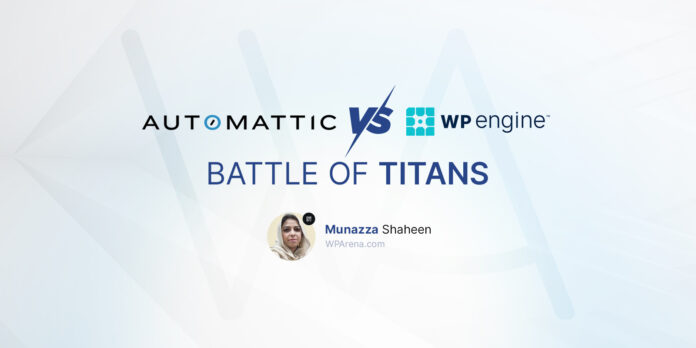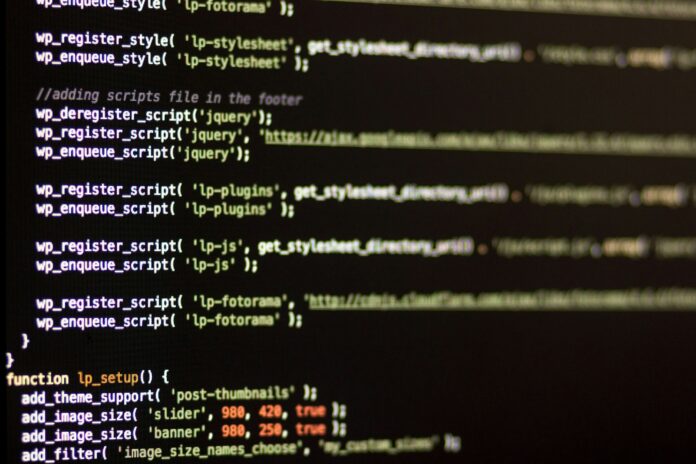IoT typically entails extending the internet connectivity beyond standard devices like laptops, desktop computers, tablets, and smartphones. Physical devices and everyday objects are embedded with technology that allows them to communicate and interact with one another over the internet Companies can also monitor and control such devices remotely.
Read this article to learn more about IoT devices and how they’re connected in the IoT implementations.
IoT device examples
The essence of IoT is a web of connected devices that can talk to other devices in an ecosystem that serves to automate specific tasks. They communicate sensor data to users, businesses, and other interested parties. That’s why IoT devices can be categorized into three main groups: consumer, enterprise, and industrial.
Here are examples of IoT devices from each group:
- Consumer: smart TVs, smart speakers, wearables, toys, smart appliances.
- Industrial and enterprise: commercial security systems, smart city technologies, smart meters.
- Mixed uses (for example, for both office, homes, and industrial spaces): smart security, smart air conditioning, smart thermostats, and smart lighting.
Managing IoT devices
One of the most significant challenges of IoT is the problem of managing the system and its connected devices – including issues such as availability, security, interoperability, power/processing capabilities, and scalability.
Companies can address these challenges by using an IoT device management platform that integrates, organizes, monitors, and remotely manages connected devices at scale. Such platforms offer features that are critical to maintaining the connectivity and security of the IoT devices throughout their entire lifecycles. Such features include device registration, authentication, configuration, monitoring, and troubleshooting.
IoT systems are complex, and smart organizations always use specialized platforms that help to keep an eye on all the connected devices. As IoT becomes more widespread, such implementations will become more available and sophisticated, meeting the evolving technology demands of companies.






IoT is the future and its potential of making lives easier can be viewed here. The industry has a lot to serve the world. Thanks for the insights Muhammad.